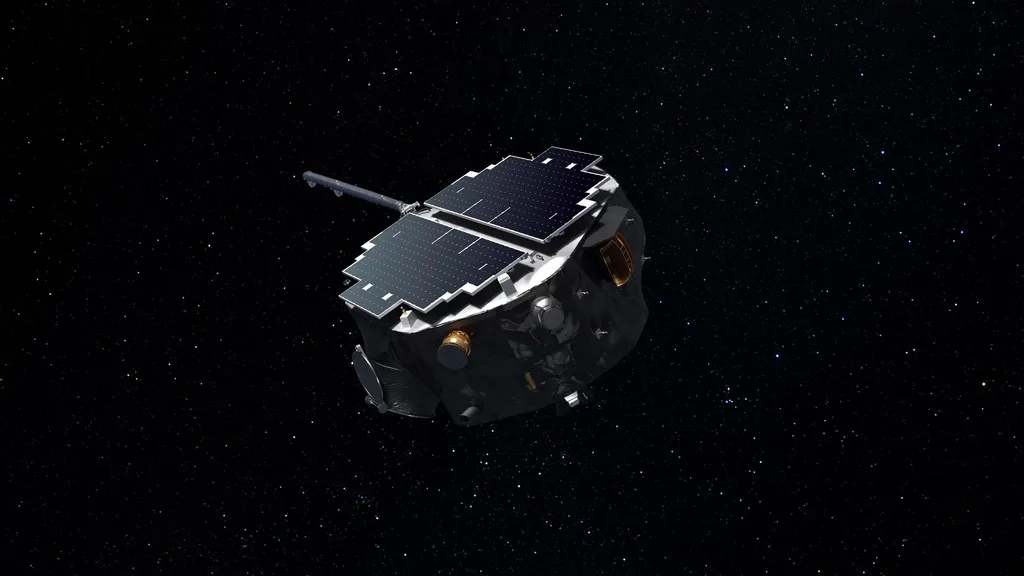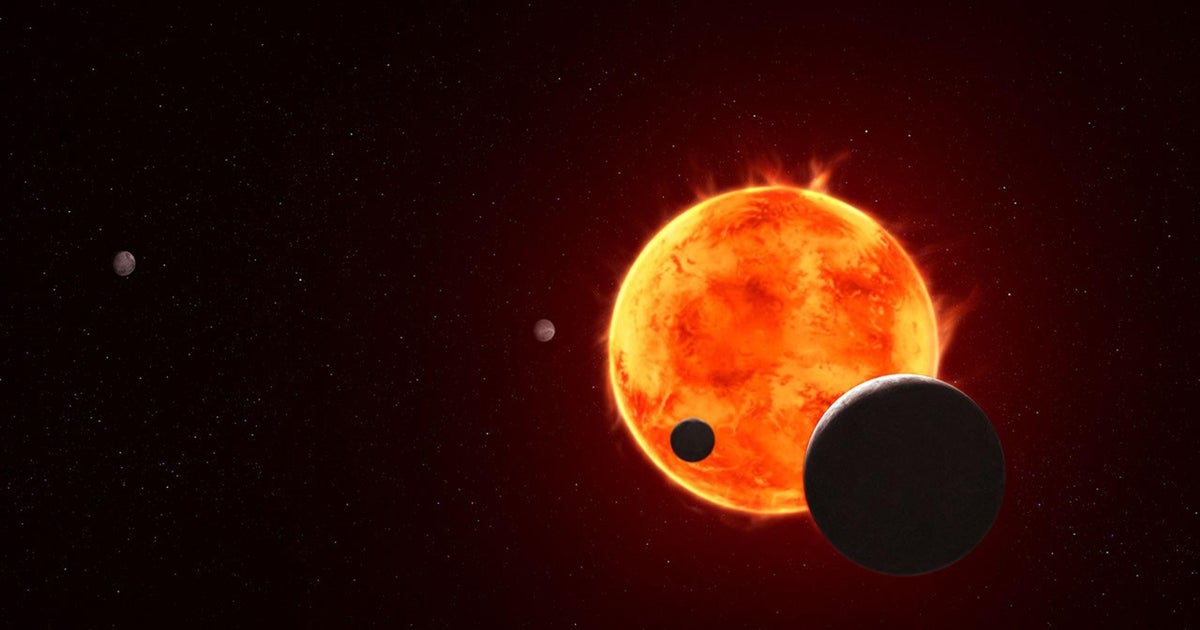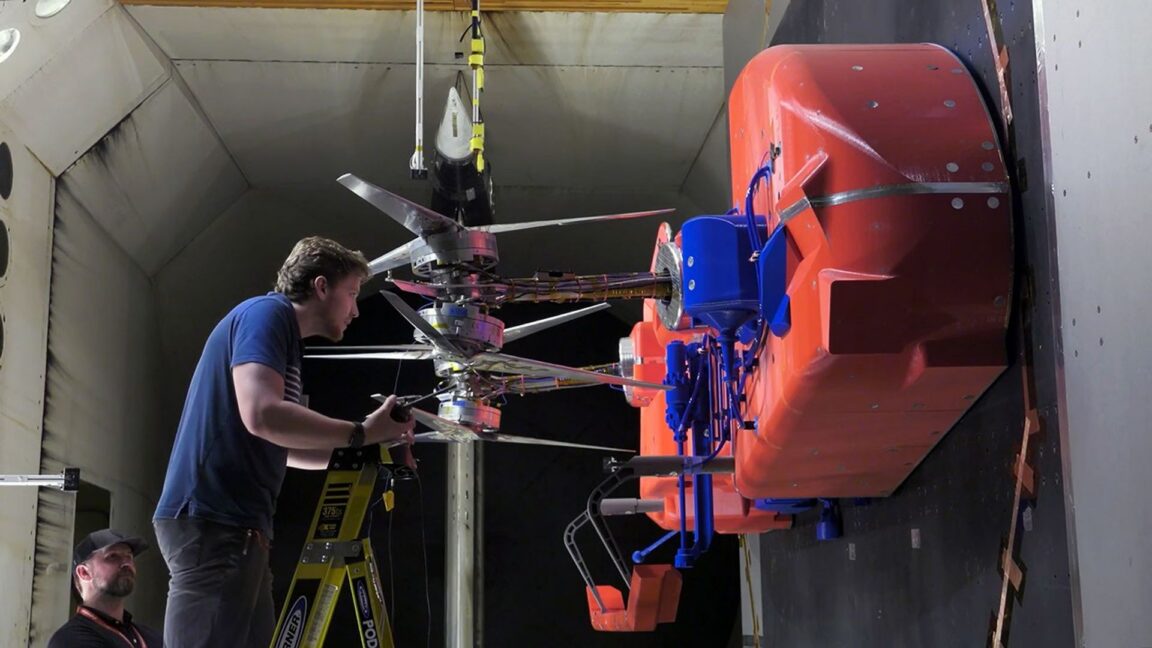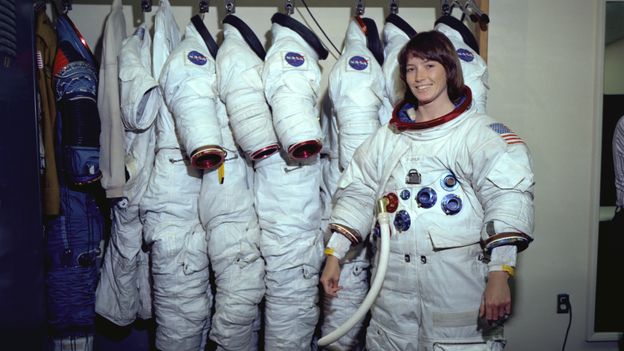Since February 2021, NASA’s Perseverance rover has been exploring a region on Mars known as Jezero Crater, a huge cavity believed to have once hosted a lake. It’s considered one of the most promising places to look for evidence of ancient life on the Red Planet (life as we know it, at least) — and there has been an update …
Read More »Tag Archives: NASAs
SpaceX targets Sept. 23 for launch of NASA’s IMAP mission to map the boundaries of our solar system
SpaceX is preparing to launch three spacecraft on a first-of-its-kind mission to study the sun’s influence throughout the solar system, from Earth’s atmosphere to the edge of interstellar space. A Falcon 9 rocket is scheduled to lift off from Launch Complex-39A, at NASA’s Kennedy Space Center in Florida, on Sept. 23 at 7:32 a.m. EDT (1132 GMT). Stowed inside Falcon’s …
Read More »Earth-like planet that may contain water studied by NASA’s Webb telescope
Scientists are observing an Earth-like exoplanet that may contain water using NASA’s James Webb Space Telescope, the space agency said in a news release. The exoplanet, known as TRAPPIST-1 e, orbits the red dwarf star TRAPPIST-1. The system was discovered in 2017. There are seven Earth-sized worlds orbiting the star, but planet e is the only one that is at …
Read More »After early struggles, NASA’s ambitious mission to Titan is “on track” for launch
So how is Dragonfly doing now? In recent years the Dragonfly mission has started to receive the funding and resources promised when NASA selected the mission six years ago. So how is it doing? “The Dragonfly team is killing it,” said Bobby Braun, who is head of APL’s Space Exploration Sector, in an interview. “Probably the best part of my …
Read More »Launch Your Name Around Moon in 2026 on NASA’s Artemis II Mission
Lee este comunicado de prensa en español aquí. NASA is inviting the public to join the agency’s Artemis II test flight as four astronauts venture around the Moon and back to test systems and hardware needed for deep space exploration. As part of the agency’s “Send Your Name with Artemis II” effort, anyone can claim their spot by signing up before …
Read More »Data from NASA’s Dawn reveals chemical energy source on Ceres
Data from NASA’s Dawn reveals chemical energy source on Ceres – NASASpaceFlight.com We use cookies to ensure that we give you the best experience on our website. If …
Read More »NASA’s First Space Photos Return in Stunning Detail, Exposing the Peril and Wonder of Space’s First Steps
The earliest photographs taken by American astronauts in space have been restored to extraordinary detail, revealing the tense, daring, and often overlooked beginnings of human spaceflight. The images, originally captured during NASA’s Mercury and Gemini missions in the 1960s, appear in a new book, Gemini and Mercury Remastered, by digital restoration expert Andy Saunders. Published by Penguin, the collection follows …
Read More »Thousands of newborn stars dazzle in the latest snapshot by NASA’s Webb Space Telescope
CAPE CANAVERAL, Fla. — Thousands of newborn stars sparkle and dazzle in the latest snapshot by NASA’s Webb Space Telescope. Released this week, the picture provides a breathtaking view of a nearby star-birthing center, 5,500 light-years away. A single light-year is 5.8 trillion miles. Besides baby stars in a variety of sizes and colors, the photo reveals a dramatic cloud …
Read More »Thousands of newborn stars dazzle in the latest snapshot by NASA’s telescope
This image provided by NASA on Friday, Sept. 5, 2025, shows a scene of star birth in Pismis 24, a young star cluster about 5,500 light-years from Earth in the constellation Scorpius taken by NASA’s Webb Space Telescope. (NASA via AP) The Associated Press Source link
Read More »How the Space shuttle helped women break Nasa’s glass ceiling
“The Nasa guys had realised that women might be women and therefore, while they were flying, it might be the time of the month when they got their periods,” Sullivan told me in an earlier interview. “They put some tampons in the PPK for Sally to look at and she pulled one out and it was like unreeling a string …
Read More »








